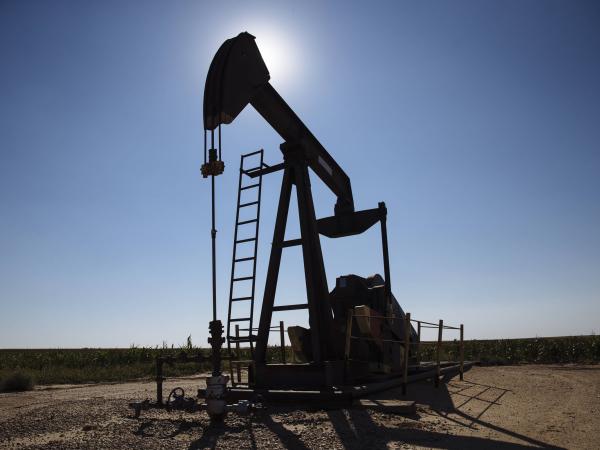In Colombia, where 7.4% of GDP in 2022 came from the oil and mining sectors, according to Dane figures, the activities of hydrocarbons, mining and energy is one of the most affected by the conflict in the country.
The foregoing, according to the most recent figures from the Colombian Association of Oil and Gas (ACP)with a cut to last year, which are on the rise.
(The advances of the mining-energy sector in gender policies).
The Emerald Energy crisis is a clear example of the situation in Colombia. The company, controlled by the Chinese state conglomerate Sinochem, filed a formal letter with the National Hydrocarbons Agency (ANH) requesting the suspension of operations in the Ombú block, located in the department of Caquetá, after the serious public order events in recent days that ended in the kidnapping of 79 police officers, and the death of one of them.
As reported by Ministry of Mines and Energy, This situation arose after on March 2, at the height of the confrontation, the oil company sent a communication to the governing body for the oil and gas sector, in which he said that he was canceling his operation, to which the ANH told him that legally and contractually this figure did not exist.
(Emerald Energy asked to suspend the oil contract in Caquetá).
The company, after acknowledging this legal error, notified the ANH of the request to suspend the Ombú exploration and production contract, which through the Capella field had a production of 1,939 barrels per day during 2022.
Irene VelezMinister of Mines and Energy, reported that “At this time, it is the responsibility of the Government to be present and to achieve a dialogue that allows peace to be restored in this territory.”.
(Ecopetrol rejects attack on its oil field in Barrancabermeja).
And the recent attack on Ecopetrol’s infrastructure, in which the pipeline that transports crude oil from the town of El Centro to the Barrancabermeja refinery and the water line that goes to the dehydrating plant smoothmafrom the production field The Cira InfantasIt is another reflection of how the situation is being experienced.
Additionally, With the mining strike in the Northeast and Bajo Cauca, the problem worsens. Added to this are the acts of vandalism against public and private infrastructure, a situation that does not seem to have a near end, because the dialogue table in which the miners asked the Government to “the decree of 2235 of 2012 that authorizes the destruction of heavy machinery used for mineral exploitation without authorization is suspended”, according to what Saúl Bedoya, spokesman for the mining strike committee, told El TIEMPO.
(Low oil sales and other causes of the drop in exports).
These events are a reflection of what the PCA describes in its figures, in which it is observed that “in Colombia the conflict has increased four times between 2016 and 2022.” The municipalities where there are more oil and mining operations are Santander, Meta, Casanare and PutumayoTherefore, they are those outlined in the report presented by the ACP. In them, 67% of the total blocks have been seen.
Thus, the data shows that between 2021 and 2022, the blockades increased by 36% and in 2022, 2.9 blockades were registered per day to the operations of the companies. Added to this are some regional dynamics, “such as the presence of illicit crops.”
In the case of Santanderthe conflict in hydrocarbons has skyrocketed, this because of being the third department with blockades in 2016, with less than 50 cases, it became the first in 2022, with more than 1,000 blocks.
Another focus of the situation is the department of Meta, because in 2022 it had more than 800 blocks and it has been one of the departments with events of this type.
CLAUDIA M. QUINTERO RUEDA
Journalist Portfolio














